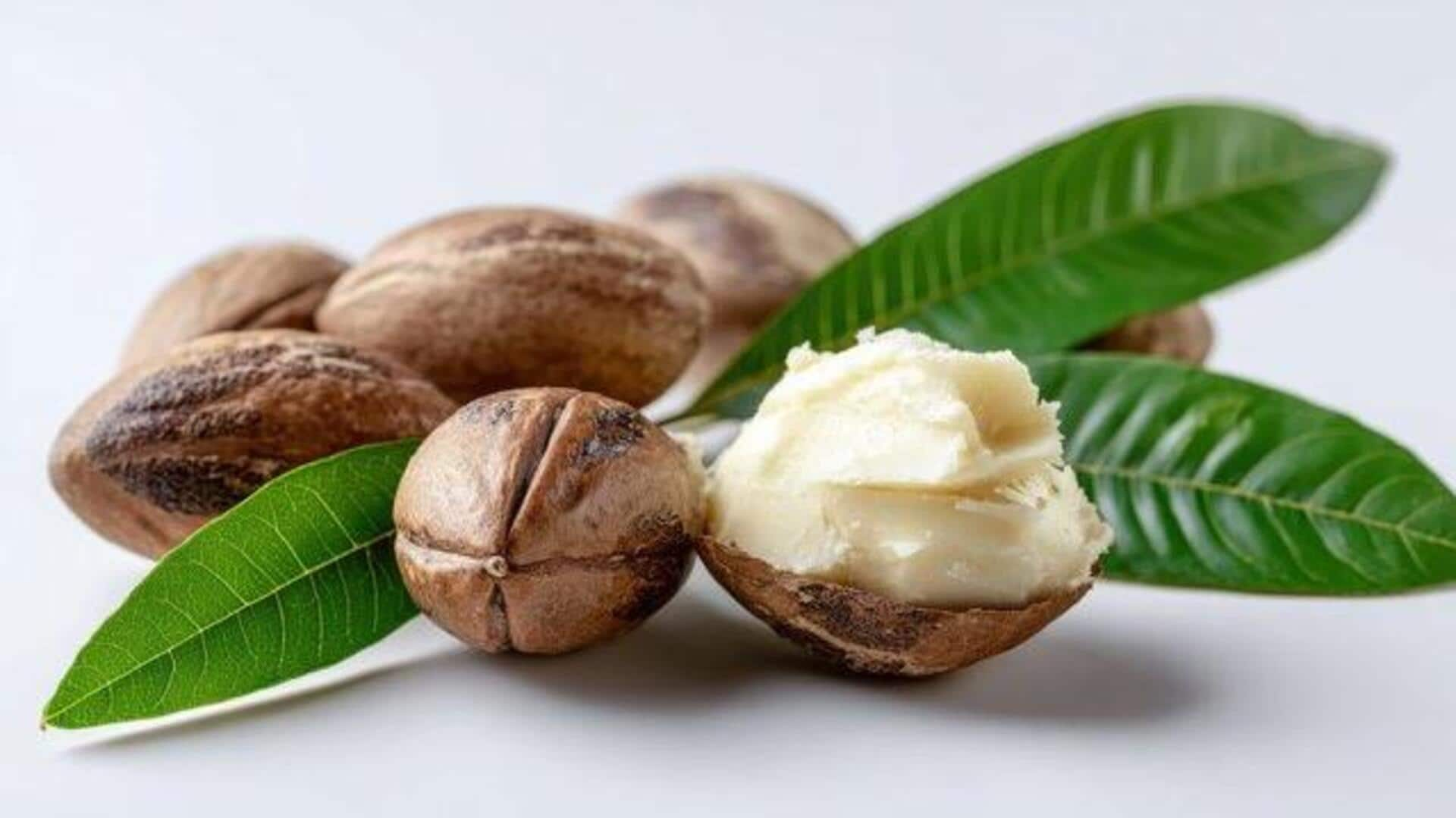
Why shea nuts are gaining popularity
What's the story
African shea nuts are making waves for their versatility and benefits. Extracted from the shea tree, which grows in West Africa, these nuts are famous for their oil, which has been used for centuries. The oil is not only a staple in skincare but also has culinary uses. From moisturizing skin to conditioning hair, the applications of shea nuts are endless.
#1
Skin moisturizer with natural benefits
Shea butter, extracted from shea nuts, is a natural moisturizer. It is packed with vitamins A and E, which nourish the skin. Shea butter is known to hydrate and soften dry skin without clogging pores. Its anti-inflammatory properties make it ideal for soothing irritated or sensitive skin. People often use it as a daily moisturizer or as part of their skincare routine to maintain healthy skin.
#2
Hair conditioner for healthy locks
The moisturizing properties of shea butter also make it an excellent hair conditioner. It helps reduce frizz and improve manageability by providing deep hydration to the hair shaft. Shea butter can be used on all hair types, including curly and textured hair, as it helps define curls while preventing breakage. Regular use can lead to healthier-looking hair with increased shine and elasticity.
#3
Culinary uses in traditional dishes
In addition to its beauty benefits, shea nuts have culinary uses in some African cuisines. The oil extracted from shea nuts is used in cooking traditional dishes due to its high smoke point and nutty flavor profile. It adds richness to soups and stews, while providing essential fatty acids beneficial for overall health. However, it's important to note that not all shea oils are suitable for consumption; only those specifically processed for culinary use should be consumed.
#4
Environmental impact of shea production
The production of shea butter also has a positive impact on the environment. The shea tree grows naturally without requiring fertilizers or pesticides, making it a sustainable crop. The harvesting process also provides income opportunities for women in rural communities across West Africa, contributing to economic development efforts while preserving biodiversity within ecosystems where these trees thrive naturally.